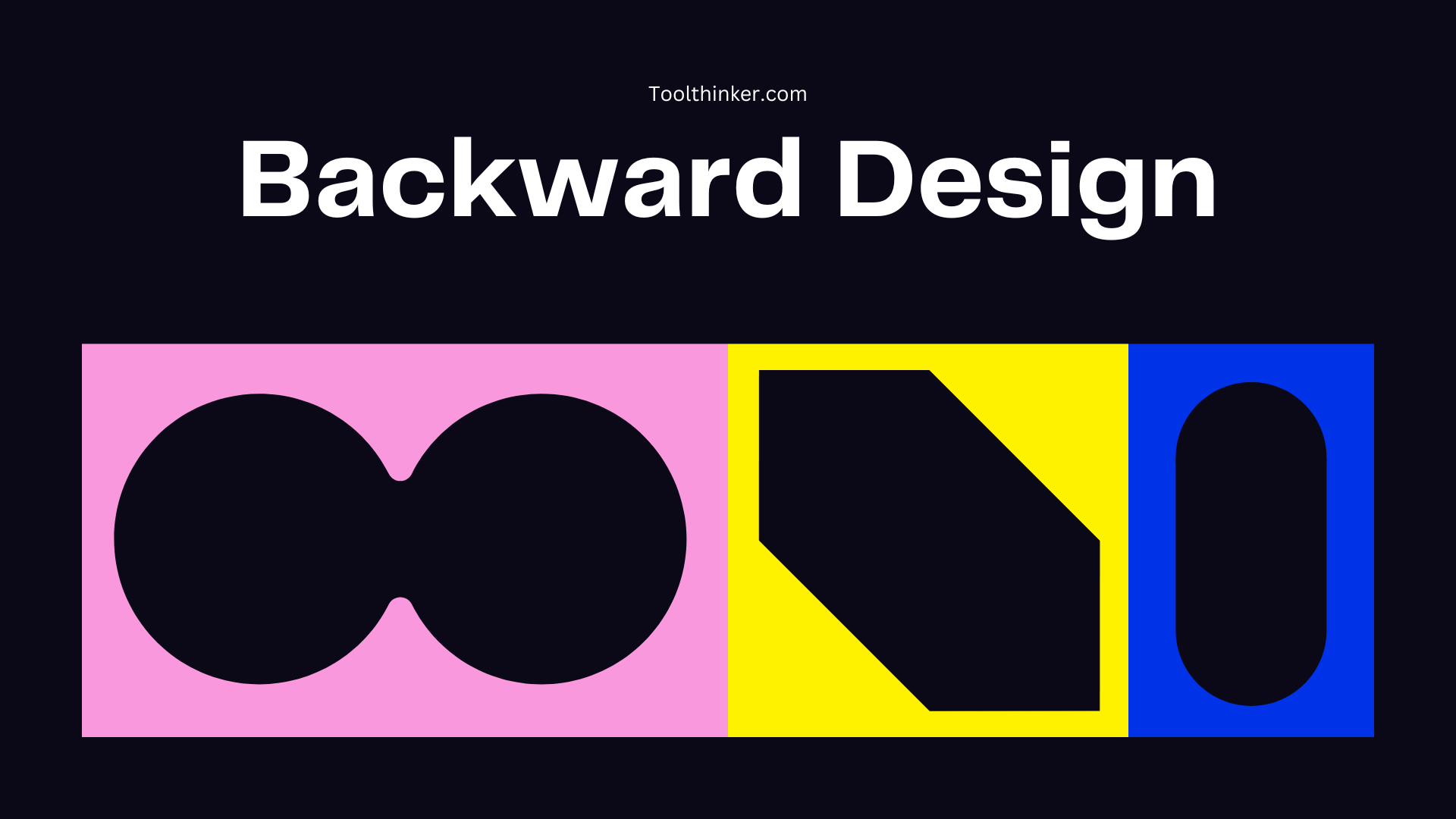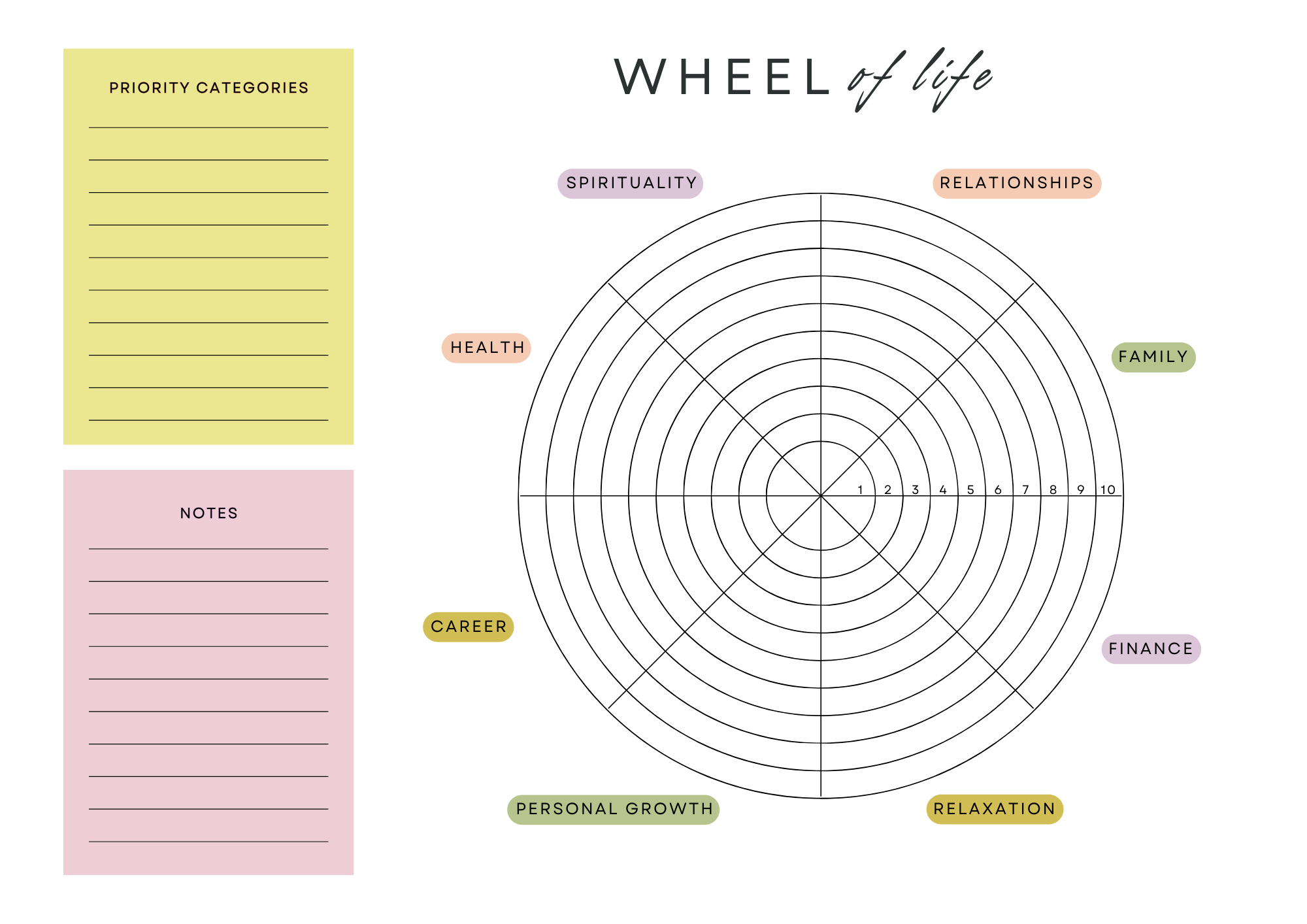Introduction
Artificial Intelligence (AI) has become a revolutionary force in redefining how we approach structured problem-solving and decision-making. At the heart of this transformation is framework thinking—a method that uses structured approaches to organize complex information, streamline analysis, and foster clarity in decision-making. Traditional frameworks like SWOT, PESTEL, and Scenario Planning have been instrumental for strategists and leaders across various fields. However, with advancements in Large Language Models (LLMs), transformers, and cutting-edge tools like OpenAI’s ChatGPT, Meta’s LLaMA, and Google’s Gemini, we are witnessing a new era of framework thinking powered by real-time adaptability and data-driven insights.
These AI tools enhance traditional frameworks by automating data processing, identifying patterns, and delivering insights that evolve with changing information. This blog dives into how these advanced technologies are transforming framework thinking, making structured decision-making accessible, efficient, and more dynamic across industries, from business strategy and finance to healthcare and personal development.
1. Framework Thinking Meets AI: A New Paradigm
Framework thinking provides structured methods to break down complex topics and improve clarity, whether it’s for strategic planning, operational analysis, or personal productivity. Models like SWOT (Strengths, Weaknesses, Opportunities, Threats), PESTEL (Political, Economic, Social, Technological, Environmental, Legal), and Root Cause Analysis simplify data by categorizing it into manageable parts. Traditionally, these frameworks depend heavily on manual data analysis, which can be time-intensive and susceptible to human error.
How AI enhances framework thinking:
- Automating Data Processing: AI processes large data sets with speed and precision, identifying key patterns and summarizing findings without the limitations of human labor.
- Real-Time Adaptability: AI-driven frameworks can continuously adapt to new data, allowing for more dynamic insights.
- Increased Contextual Awareness: AI can capture the nuances within data, providing richer insights and improving the accuracy of frameworks that require contextual understanding.
These capabilities make AI a game-changer for framework thinking, leading to decisions that are not only structured but also adaptive and data-backed.
2. Large Language Models (LLMs) and Their Impact on Framework Thinking
Large Language Models (LLMs), such as OpenAI’s GPT series and Meta’s LLaMA, are advanced language-processing tools trained on vast datasets. They can generate and interpret human-like text, making them valuable for tasks like data analysis, summarization, and structured thought processes, all essential for framework thinking.
How LLMs Elevate Frameworks
- Data Interpretation and Summarization: LLMs can analyze large volumes of text data from news, reports, and social media to identify key insights. This ability is especially useful in frameworks that require qualitative analysis, such as Market Analysis or Customer Feedback Analysis.
- Enhanced Communication: LLMs like GPT can convert complex information into clear summaries, allowing for structured narratives that are easy to understand. In a SWOT analysis, for example, an LLM might summarize a company’s strengths based on recent performance data, making the insights more accessible.
- Real-Time Data Integration: LLMs are capable of continually processing new data and offering insights that reflect the latest trends, making frameworks like Scenario Planning more dynamic. This adaptability is crucial in volatile industries, such as finance and technology, where conditions change frequently.
Case Study: Using LLMs for SWOT Analysis
Consider a tech company aiming to conduct a SWOT analysis. With an LLM, the company can analyze competitor reports, customer reviews, and industry news to identify strengths, weaknesses, opportunities, and threats. The LLM would then categorize these insights into SWOT elements, providing explanations for each category based on real-time data analysis.
3. The Transformative Power of Transformers in AI-Driven Frameworks
The transformer model architecture, developed in 2017, has enabled major breakthroughs in natural language processing, particularly in models like GPT, BERT, and Gemini. Transformers introduced the concept of attention mechanisms, allowing AI to focus on relevant sections of input data for each output. This capability makes transformers ideal for frameworks that rely on context-sensitive data processing.
Transformers and Attention Mechanisms in Frameworks
Transformers can prioritize information based on importance, which is invaluable in frameworks requiring a nuanced understanding of data. For example, in Root Cause Analysis, transformers can focus on specific data points that are more likely to indicate underlying issues, improving the accuracy and efficiency of the analysis.
Example: Root Cause Analysis with Transformers
In a product development context, analyzing feedback to identify defects is crucial. A transformer-based AI model could process thousands of customer complaints and identify common themes, effectively highlighting root causes of quality issues. This application reduces the need for manual data sorting and enhances the reliability of the analysis.
4. Advanced Tools in Framework Thinking: LLaMA, Gemini, NVIDIA, and ChatGPT
A number of advanced AI tools leverage transformers and LLMs to support structured thinking. Each of these tools, from Meta’s LLaMA to NVIDIA’s GPUs, brings unique benefits to framework thinking.
LLaMA by Meta
Meta’s LLaMA (Large Language Model Meta AI) is designed as an accessible, open-source model suitable for organizations without extensive resources. Its adaptability and lower computational needs make it ideal for targeted applications in framework thinking.
- Risk Assessment: In frameworks like PESTEL, LLaMA can analyze economic indicators, market trends, and news articles to assess economic risks, providing concise insights relevant to strategic planning.
Gemini by Google DeepMind
Gemini is Google’s multimodal model, capable of processing text, visual data, and other data types. This capability allows Gemini to support frameworks requiring diverse data inputs, such as Product Lifecycle Analysis and Competitive Benchmarking.
- Example: In product lifecycle analysis, Gemini can interpret product reviews, images, and technical specifications, providing insights into customer preferences and product positioning.
NVIDIA’s Contributions to Framework Processing
NVIDIA’s hardware, especially its GPU technology, accelerates AI data processing, making real-time framework analysis possible. GPUs enhance the speed and efficiency of transformer-based models, crucial for high-stakes, data-intensive frameworks in sectors like finance and healthcare.
- Real-Time Decision Making: NVIDIA-powered frameworks enable faster data analysis, supporting real-time decision-making in frameworks where rapid insights are essential.
OpenAI’s ChatGPT
ChatGPT offers conversational AI capabilities, useful for frameworks that benefit from collaborative analysis. ChatGPT can act as a virtual brainstorming partner, support customer journey mapping, and help with project planning frameworks.
- Application: ChatGPT can assist in Content Creation Frameworks, generating ideas, outlining topics, and refining content, which is useful for marketing and creative projects.
5. Real-World Applications of AI-Driven Frameworks
AI has a wide range of practical applications in structured frameworks, reshaping industries from marketing and finance to operations and product development.
- Customer Feedback Analysis: LLMs can analyze and categorize customer feedback within sentiment analysis frameworks, highlighting common themes and sentiments that inform customer experience improvements.
- Market Analysis: In frameworks like PESTEL, transformers allow for real-time market analysis, incorporating data from news, social media, and competitor reports to offer dynamic insights.
- Project Management and Task Prioritization: AI tools automate prioritization and progress tracking within project management frameworks, helping teams focus on tasks that align with strategic goals.
6. The Future of AI-Enhanced Framework Thinking
As AI technology advances, frameworks are becoming more adaptable, insightful, and accessible. The future of framework thinking lies in hybrid models that combine LLMs, transformers, and real-world data inputs, enabling frameworks that can update in real time and provide contextually relevant insights. Companies like OpenAI, Google, and NVIDIA are at the forefront of this transformation, driving innovations that make AI-enhanced frameworks an essential tool across industries.
Conclusion
AI has ushered in a new era of framework thinking, combining the structured clarity of traditional models with the adaptive, data-driven insights of modern technology. With tools like transformers, LLaMA, Gemini, ChatGPT, and NVIDIA-powered processing, AI enables frameworks that are more accurate, adaptable, and actionable than ever before. By embracing these advancements, organizations can unlock new levels of clarity and precision, setting the stage for smarter, more informed decision-making in a rapidly changing world.



